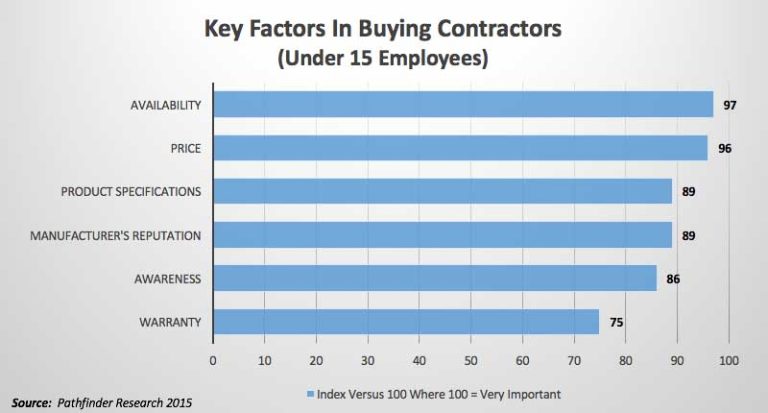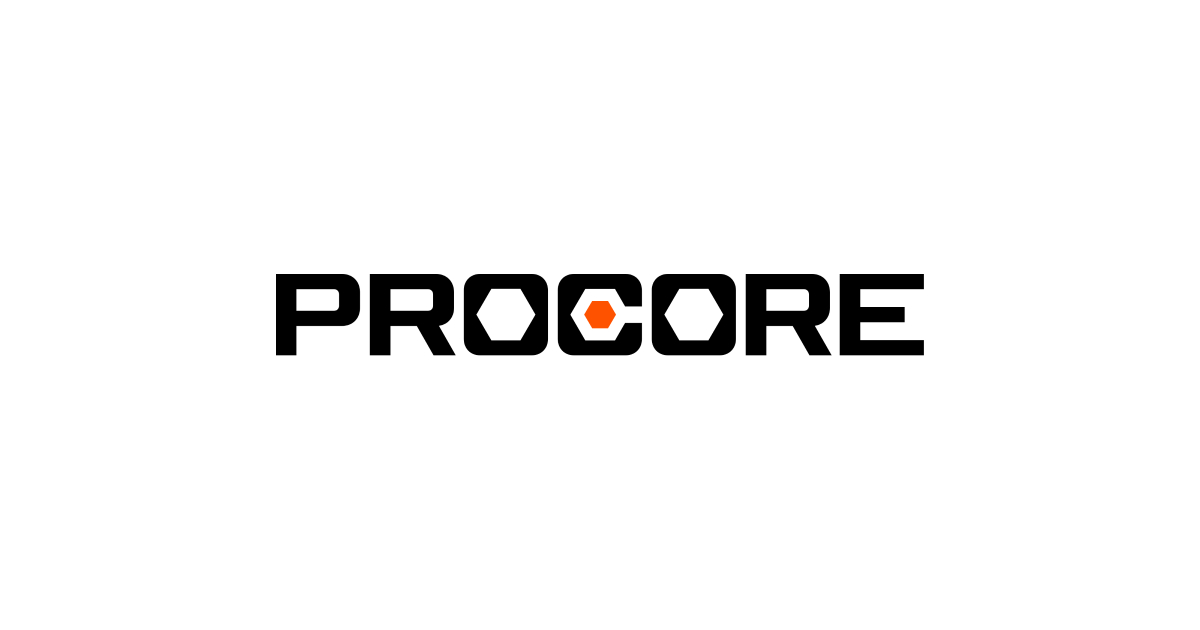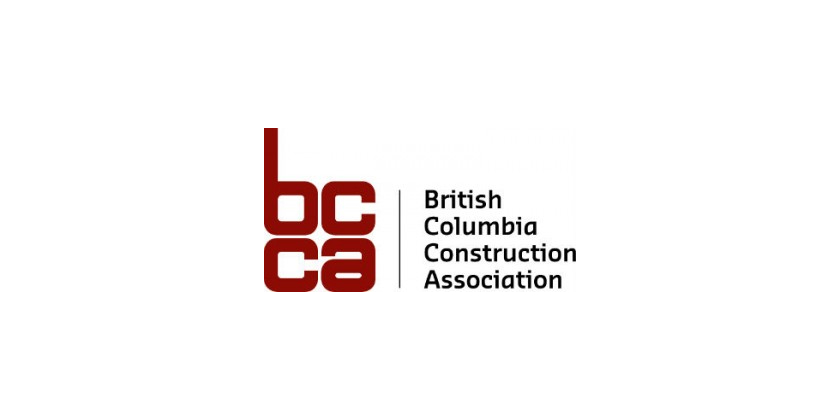Contractors — How to Set Up a Twitter Profile for Your Business

December 5, 2016
500 million tweets (Twitter posts) are sent every day. Twitter has 316 million active users (at least once per month). Every VIP, celebrity, and brand is on Twitter. It’s time for you to join the Twitterverse.
Twitter is an excellent platform to network with other businesses while positioning yourself as an industry expert. Connect and interact with other businesses in your industry. Follow and engage with your customers and vendors. Show off your knowledge and position yourself and your brand as the experts in your industry.
Getting started
The first step is to create a Twitter account. It’s free, just go to www.twitter.com and register. It will take less than five minutes. Follow some people or accounts that interest you to get to the account profile set up page. You can always unfollow those accounts later.
Setting up the Twitter photos
Here are some profile picture ideas:
- logo
- alternative logo/mascot
- face of company
- employee picture with logo
- business building
Cover photo ideas include:
- logo
- alternative logo/mascot
- face of company
- employee picture with logo
- business building
- flyer for upcoming event or training
- collage of photos of work
- special coupons
- flyer with logo and contact information
Setting up the profile
You will want to now fill all possible information, especially the following.
- name
- address (HQ if multiple)
- general info
- phone
- website
Posting on Twitter
You will now want to post your first tweet on Twitter. Introduce your business and let everyone know what you will be posting. Do an introductory message before you begin to find contacts.
Hashtags
Hashtags are the filing system of social media. When you add a “#” before a phrase or word, such as #Construction, it will become the #1 message on Twitter at that time under the #Construction section. A “#” makes the phrase after it clickable, and it then organizes results based on importance and timing. Do NOT use a space between words included in your phrase. Example: #ConstructionIndustry or #ConstructionMarketing, NOT #Construction Industry or #Construction Marketing. Only #Construction will be counted if it’s not all one word.
Finding contacts on Twitter
Use the search bar in the upper right of your Twitter screen to find other businesses, industry influencers, celebrities, charities, and friends on Twitter.
Scheduling postings on Twitter
Currently Twitter does not offer a scheduling feature. Hootsuite and Buffer are two websites that allow you to schedule posts. They both have free and paid options.
Great content to post on twitter
The right types of things to post on Twitter are the things your target audience wants to see and learn about. Twitter is a B2B platform generally, so you want to relate to people at work. Businesses are run by individuals who are using social media at work, speak to them on Twitter.
These are the best types of content to post on Facebook if you are a contractor of any kind:
- photos of work and projects
- blogs or articles pertaining to your industry
- how-to videos or articles
- award or anniversary announcements at your business
- employees at work photos
- testimonials and positive reviews
- photos or articles about company charity work
- training and continued education events & classes
- event info for any company or industry related events
- special deals and offers you are currently offering
- any videos involving work
How often should I post?
There is no exact science to posting on Twitter, only best practice suggestions: 10-20 times per day is optimal. It is hard to tweet too much on Twitter, so tweet away.
If this seems like a huge task, start with just one tweet per day. If you can’t do at least one tweet per day, aim for four tweets per week to start. At least have your page active more days than not.
Getting involved
One of the underrated tools of Twitter is the “reply” button under every post. You can get involved in any conversation you choose. This is the way to properly engage on Twitter. Post your own info sparingly, reply and retweet other content more often!
Setting up Twitter lists
Twitter lists are simple feeds of tweets from only the users on that list. Here are a few examples of good Twitter lists:
- customers
- target customers
- partners
- vendors
- competitors
- industry influencers
- charities we support
You do not need to follow an account on Twitter to include them on a Twitter list.
To set up a Twitter List,
1. click on your profile picture in the upper right hand corner next to the “Tweet” box. The drop down list will include the option “Lists”. The “Lists” option is an easy way to get back to monitor and use lists in the future. It will then give you the option to “Create New List” in a white box on the right hand side.
2. Give the list a name and description (optional).
3. Mark the list as private so that only your account can see who is in this list.
Add someone to a list by going to the account of the person or business you want on a list and clicking the “gear” next to the “Follow” or “Following” box on the right of their profile over the “Who to Follow” box.
Analytics
Twitter analytics are easy to use and free. You can see how well each tweet is doing as well as how well you are doing overall. Go to https://analytics.twitter.com and it will begin tracking your account’s information. It will then start giving you data on all tweets from that point on. It can give you follower demographic info, such as income level, wireless carrier, interests, gender, and more.
This article was first published as a blog by CapitalTristate, an electrical distributor in the U.S. Mid Atlantic.
Also in this series: “Free Marketing Tools for Contractors,” https://electricalindustry.ca/latest-news/2648-free-marketing-tools-for-contractors.

















